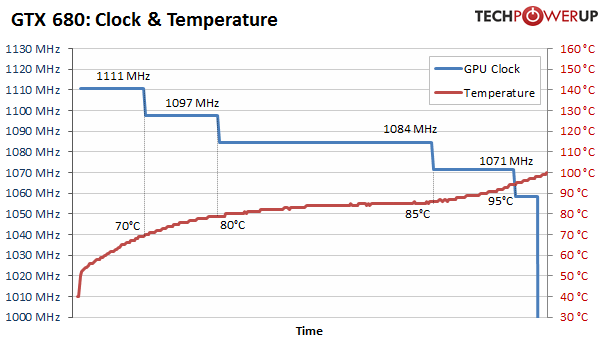SLI smoothness vs. CrossFireX smoothness
We don't know what other descriptive word to use, other than "smoothness" to describe the difference we feel between SLI and CrossFireX when we play games. We've expressed this difference in gameplay feeling between SLI and CrossFireX in the past, in other evaluations, and we have to bring it up again because it was very apparent during our testing of 680 SLI versus 7970 CFX.
We can't communicate to you "smoothness" in raw framerates and graphs. Smoothness, frame transition, and game responsiveness is the experience that is provided to you as you play. Perhaps it has more to do with "frametime" than it does with "framerate." To us it seems like SLI is "more playable" at lower framerates than CrossFireX is. For example, where we might find a game playable at 40 FPS average with SLI, when we test CrossFireX we find that 40 FPS doesn't feel as smooth and we have to target a higher average framerate, maybe 50 FPS, maybe 60 FPS for CrossFireX to feel like NVIDIA's SLI framerate of 40 FPS. Only real-world hands on gameplay can show you this, although we can communicate it in words to you. Even though this is a very subjective realm of reviewing GPUs, it is one we surely need to discuss with you.
The result of SLI feeling smoother than CrossFireX is that in real-world gameplay, we can get away with a bit lower FPS with SLI, whereas with CFX we have to aim a little higher for it to feel smooth. We do know that SLI performs some kind of driver algorithm to help smooth SLI framerates, and this could be why it feels so much better. Whatever the reason, to us, SLI feels smoother than CrossFireX.
Personally speaking here, when I was playing between GeForce GTX 680 SLI and Radeon HD 7970 CrossFireX, I felt GTX 680 SLI delivered the better experience in every single game. I will make a bold and personal statement; I'd prefer to play games on GTX 680 SLI than I would with Radeon HD 7970 CrossFireX after using both. For me, GTX 680 SLI simply provides a smoother gameplay experience. If I were building a new machine with multi-card in mind, SLI would go in my machine instead of CrossFireX. In fact, I'd probably be looking for those special Galaxy 4GB 680 cards coming down the pike. After gaming on both platforms, GTX 680 SLI was giving me smoother performance at 5760x1200 compared to 7970 CFX. This doesn't apply to single-GPU video cards, only between SLI and CrossFireX.






